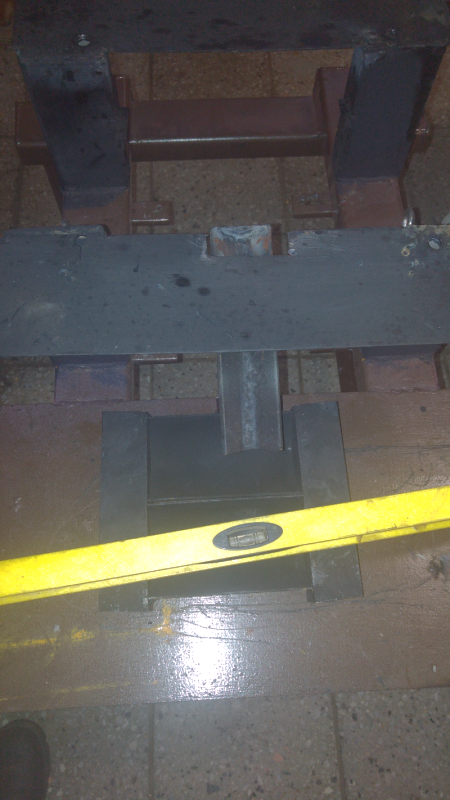Ysterhout Dot Net
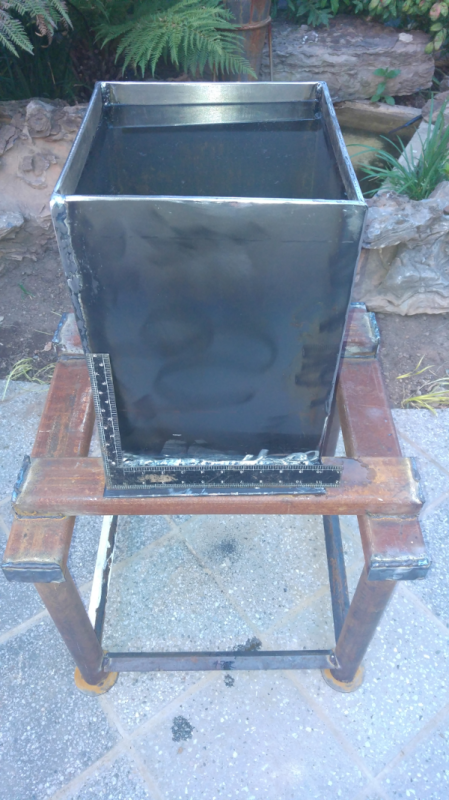
I couldn't find offcut pipe of sufficient diameter, so I selected the offcut steel plates closest to the size I though the melter should be.
The steel box tested with water, to make sure it is watertight.
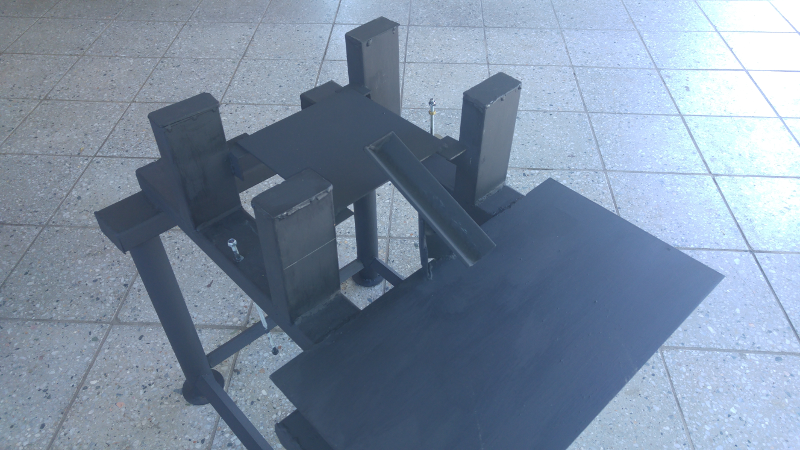
Made from heavy guage steel tube , because the volume capacity of the melter is 300 kg, or 660 pounds. I don't expect to ever fill it with molten lead, but even 150kg / 330 pounds is substantial and needs proper support.

This valve is made similar to what Shadowcaster posted on castboolits.gunloads.com .
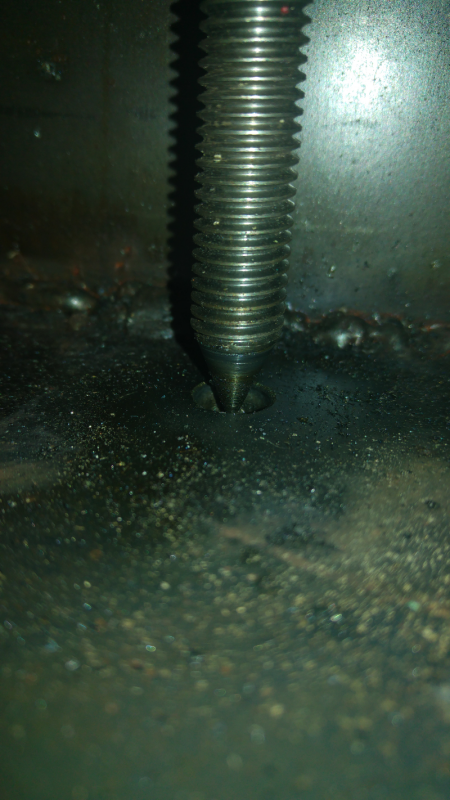
The threaded bar here is 16mm diameter.
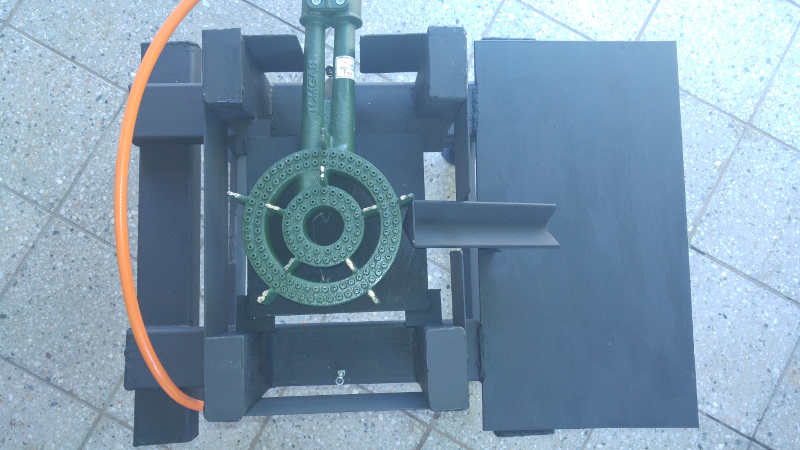
The burner shown here is a low pressure double burner.

The melter complete, ready for the test run.
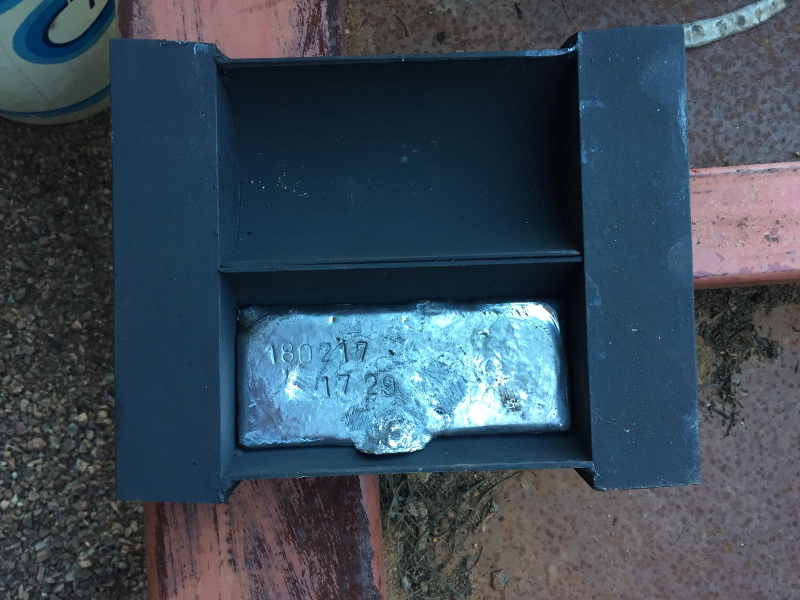
The test run served only to show what was wrong with the build, and what it needed to be able to work properly.
I was using low pressure gas and a low pressure burner. The heat output was not enough to melt a large quantity of lead. After a couple of hours, all I ended up with was a small ingot of about 2 kg.
Being outdoors in the wind, the melter was cooling off as fast as it was heating, so I would need more heat, and as insurance, insulate the melter to prevent it losing heat. The burner also needed a wind shield.
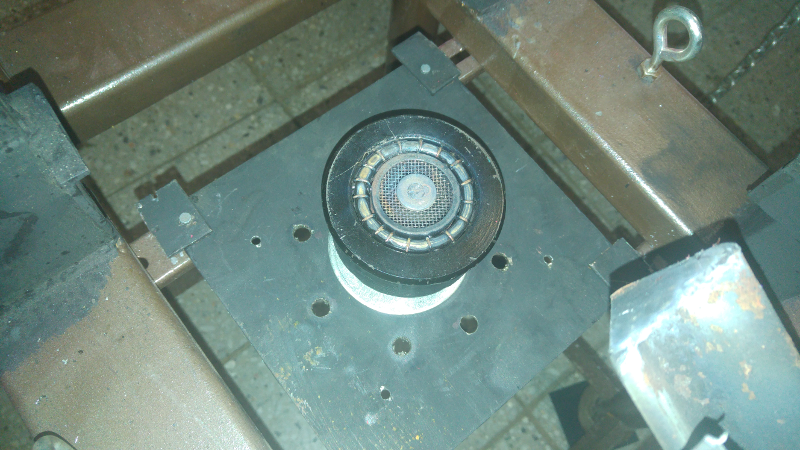
A high pressure burner, T35.

A 6 inch steel tube to shield the burner flame from the wind.
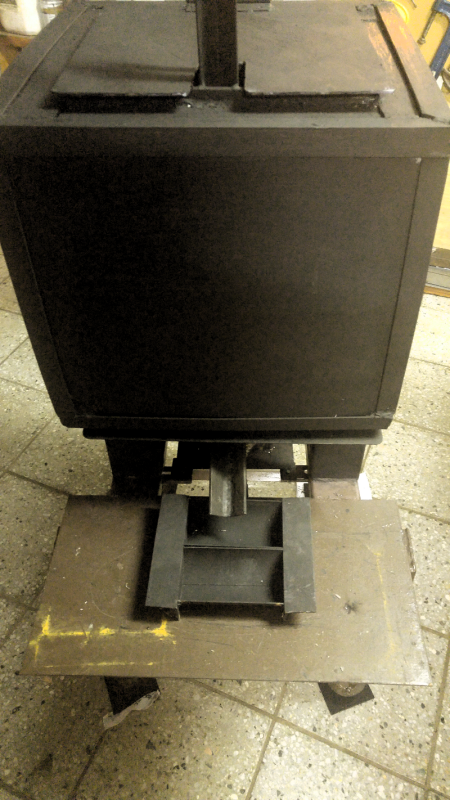
Sides of the melter covered with 75mm rockwool, closed off behind 1.6mm plate steel.
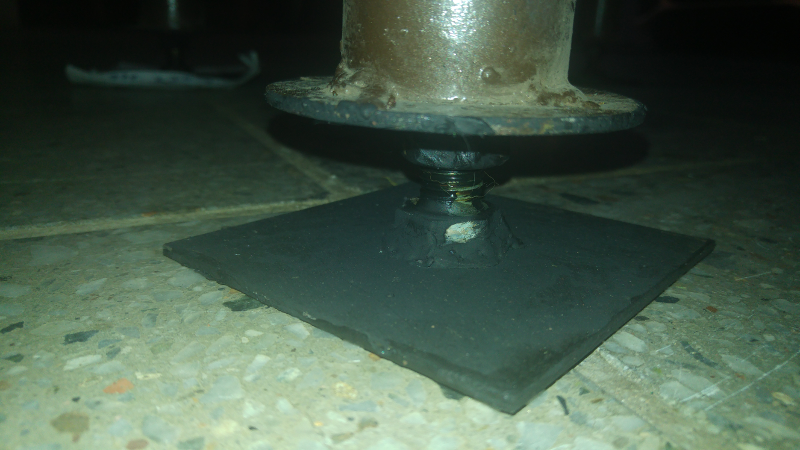
Adjustable feet , because melting outdoors the ground is never level and resting the ingot moulds on the frame caused the level of molten lead in the mould to follow the ground incline.
